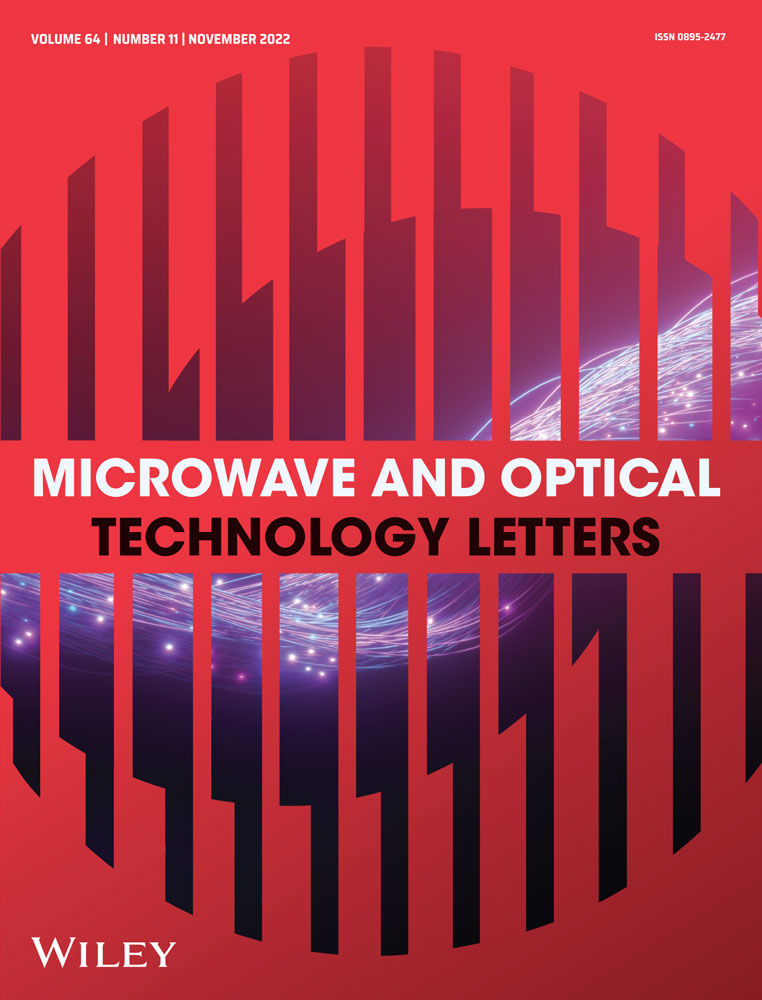A dual-band impedance transformer with a single series line for frequency-dependent loads
Abstract
This paper proposes a novel dual-band impedance transformer for matching frequency-dependent complex loads. The transformer consists of four shunt stubs and a single series transmission line. The equations for the transformer are derived concisely. The design values of the four stubs are determined by the analytical formulas and the parameters of the single series line are obtained by solving a nonlinear equation. The characteristic impedances of the four stubs can be adjusted. The design freedom is greatly enhanced and the possibility of using lines with extremely high or low impedance is reduced significantly. Two numerical examples are presented for illustrating the design process, and a prototype is fabricated and measured for verification. Compared with the existing works, the design not only shows high design freedom but also has the smallest electrical length of the series line. Therefore, the transformer has a good application prospect for the dual-band active circuits.
Open Research
DATA AVAILABILITY STATEMENT
The data that support the findings of this study are available from the corresponding author upon reasonable request.




